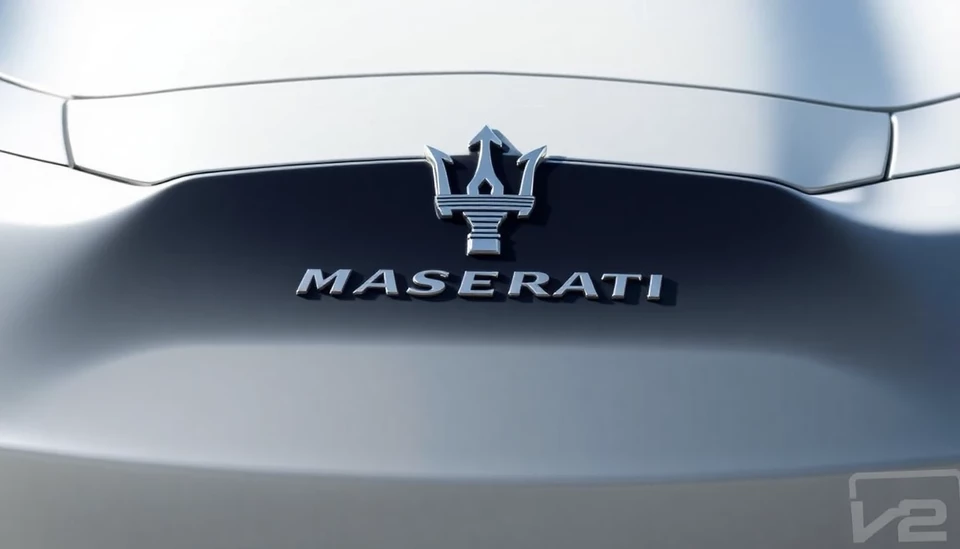
Stellantis, the automotive giant forged from the merger of Fiat Chrysler and Peugeot, is under fire from investors following the revelation that former CEO Carlos Tavares received an astonishing compensation package of $23.1 million. This hefty pay, revealed during the company’s annual meeting, has sparked outrage amongst shareholders who argue that such remuneration is unjustifiable, particularly in light of the ongoing challenges the company faces within the competitive automotive industry.
The compensation package, which was disclosed in Stellantis' financial filings, includes a base salary, bonuses, and other financial perks that reportedly far exceed the average compensation of CEOs in similar positions. The backlash is rooted not only in the size of Tavares' pay but also in the company's performance metrics that, many investors say, do not warrant such a lavish reward.
Investors have expressed their discontent during shareholder meetings, highlighting concerns over corporate governance and fiscal responsibility, especially as Stellantis plans to ramp up its transition towards electric vehicle (EV) production. They argue that the company should be allocating resources towards innovation and sustainability rather than extravagant executive pay. Furthermore, investor frustrations have been amplified given the global automotive environment, which has seen significant fluctuations due to supply chain issues, inflationary pressures, and shifting consumer demands.
The irony of the situation is not lost on many stakeholders, as Stellantis, like all automakers, is trying to navigate a complex landscape shaped by environmental regulations and shifting economic conditions. Many investors feel a disconnect between the high earnings reported by executives and the realities of the broader company performance and market trends.
Critics of the board's decision-making contend that such compensation packages could raise red flags concerning Stellantis’ priorities and strategic direction. They have called for a more equitable approach to how executive pay is structured, advocating for systems that link compensation to both short-term performance and long-term value creation for shareholders.
In response to the growing unrest among investors and shareholder advocates, Stellantis has echoed commitments to increase transparency and engage with stakeholders. However, many remain skeptical about the implementation of meaningful changes, especially as public sentiment around executive compensation continues to evolve.
The case of Tavares serves as a reminder of the challenging balance between rewarding leadership and maintaining the trust of investors and consumers alike. The growing scrutiny over executive pay in the corporate world is prompting calls for reform that prioritize sustainable growth and responsibility over mere profit margins.
As Stellantis moves forward, it now faces the pivotal task of addressing the concerns of its investors while continuing its ambitious plans for transformation within the automotive sector. The actions taken in the wake of this controversy could serve to shape the company’s future relations with its shareholders and the public.
At the end of the day, the real question remains: How will Stellantis manage to re-establish trust with its shareholders while navigating the turbulent waters of the automotive industry?
#Stellantis #ExecutivePay #InvestorBacklash #CorporateGovernance #ElectricVehicles #AutomotiveIndustry
Author: Samuel Brooks




